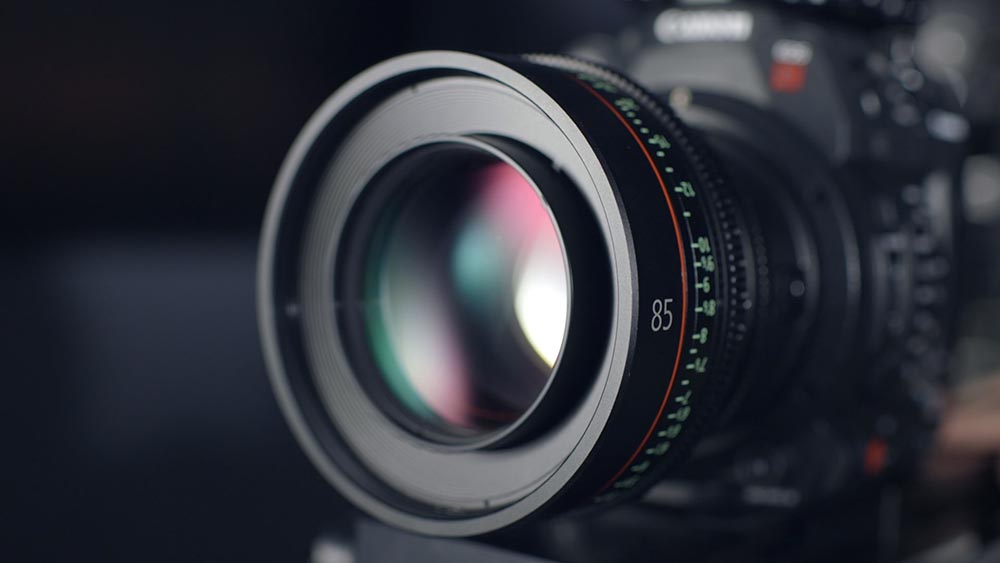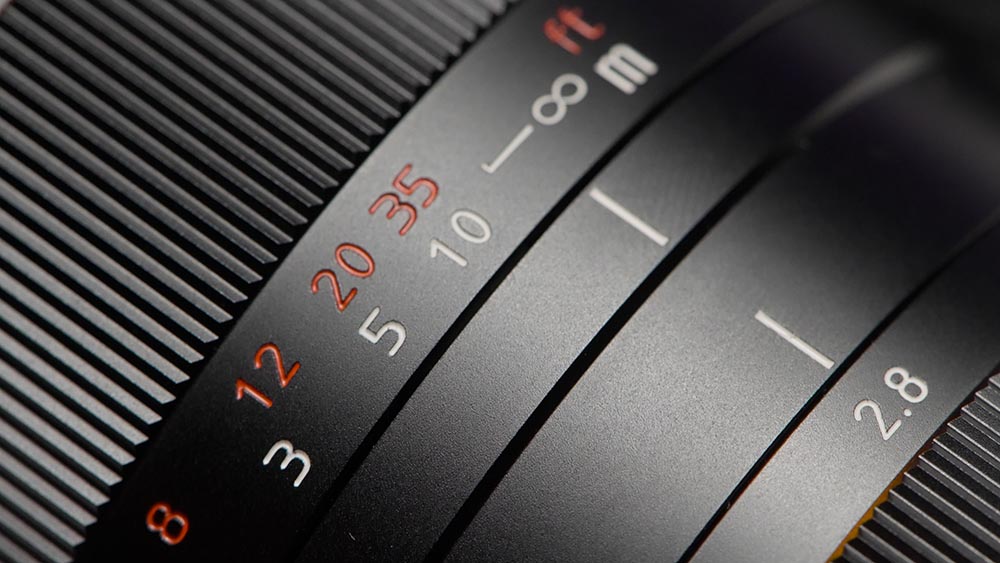How to Find Focal Length (Focal Length Calculation Explained)
Last Updated on

The focal length of a lens is one of the most important parts of photography. The more you break it down and understand what it means and what it’s telling you, the more you’ll be able to use it in your photos.
With that in mind, let’s dive into how you can find the focal length of a lens, what it means, and the formula for how you can calculate it yourself!

What Is Focal Length?
Essentially, focal length tells us the magnification of the image and subsequently, how much will be in view.
As magnification increases, the field of view shrinks, only enabling you to see a smaller area. The focal length of a lens is displayed in millimeters, and it works directly with the diameter of the opening on the lens to determine the overall aperture.

How to Find Focal Length
The actual focal length of a lens is the distance between the center of the lens and the focal point of the lens. The focal point is where the light reflecting off a curved mirror convenes at a single point.
The focal length is simply the distance between the center of the mirror and the focal point. It’s important to note that you can only calculate the focal length if you focus the lens at infinity.
The Easy Way
While you can try to run a ton of experiments on each lens to figure out the exact focal length, there’s no reason to do that. There’s a mathematical formula that you can use to figure out the focal length of a lens.
The formula itself is complex, but there are useful calculators out there that do all the hard math for you if you know the basic measurements.
For instance, this calculator will give you the exact focal length in mm if you know the magnification level that you’re using and the current distance of the object. That’s as easy as it gets!

The Focal Length Formula
If you need to know the mathematical side of things, here it is. There are two other variables that you’ll need to use.
The first is the distance from the object, known as u, and the distance from the lens to the image, known as v.
Plug those into this equation: 1/u + 1/v = 1/f
Solve the equation and you get your focal length!

Final Thoughts
Fully understanding everything about focal length isn’t the easiest thing. The good news is that unless you’re reading up on focal length for an educational course, you can simply use one of the available calculators whenever you need to figure out the focal length of a lens.
Simply knowing what it is and how it affects your photographs puts you ahead of the game compared to most amateur photographers!
Featured Image Credit: ShareGrid, Unsplash
About the Author Robert Sparks
Robert’s obsession with all things optical started early in life, when his optician father would bring home prototypes for Robert to play with. Nowadays, Robert is dedicated to helping others find the right optics for their needs. His hobbies include astronomy, astrophysics, and model building. Originally from Newark, NJ, he resides in Santa Fe, New Mexico, where the nighttime skies are filled with glittering stars.
Related Articles:
How to Clean a Refractor Telescope: Step-by-Step Guide
How to Clean a Telescope Eyepiece: Step-by-Step Guide
How to Clean a Rifle Scope: 8 Expert Tips
Monocular vs Telescope: Differences Explained (With Pictures)
What Is a Monocular Used For? 8 Common Functions
How to Clean a Telescope Mirror: 8 Expert Tips
Brightfield vs Phase Contrast Microscopy: The Differences Explained
SkyCamHD Drone Review: Pros, Cons, FAQ, & Verdict
